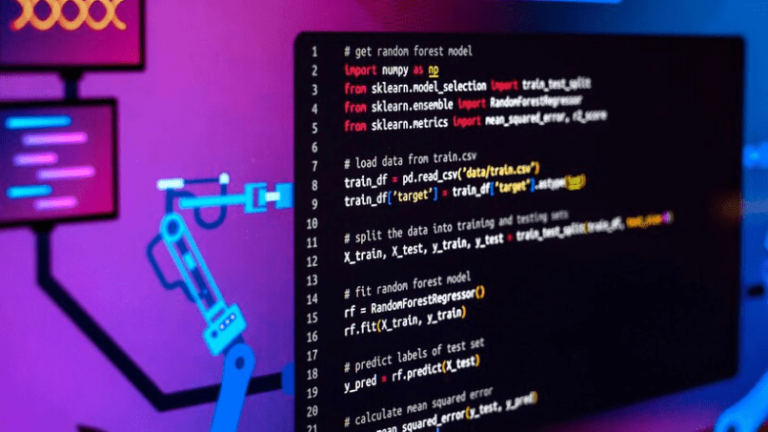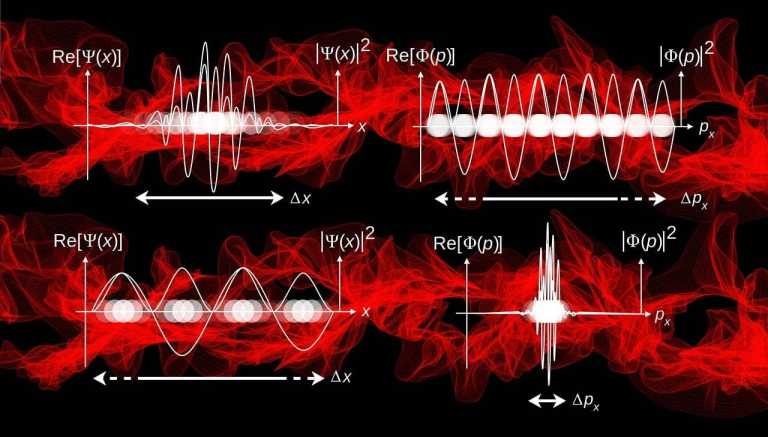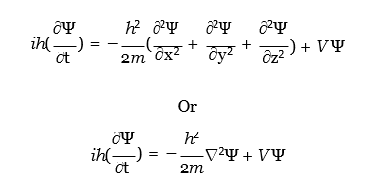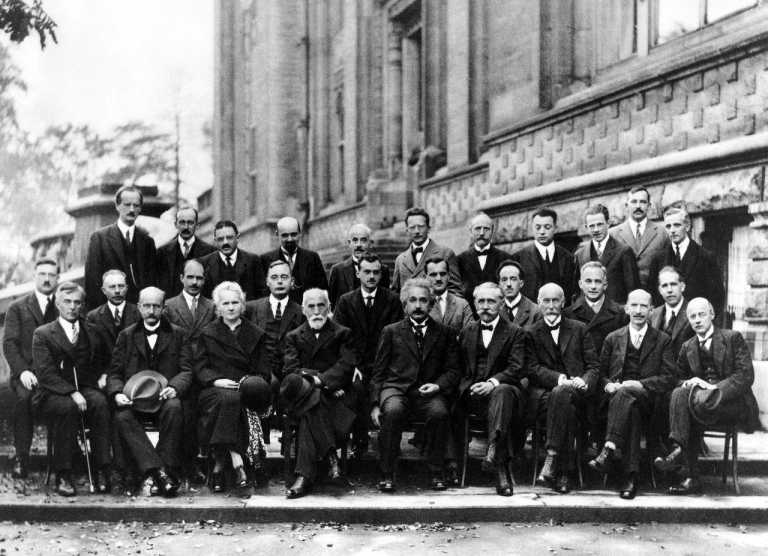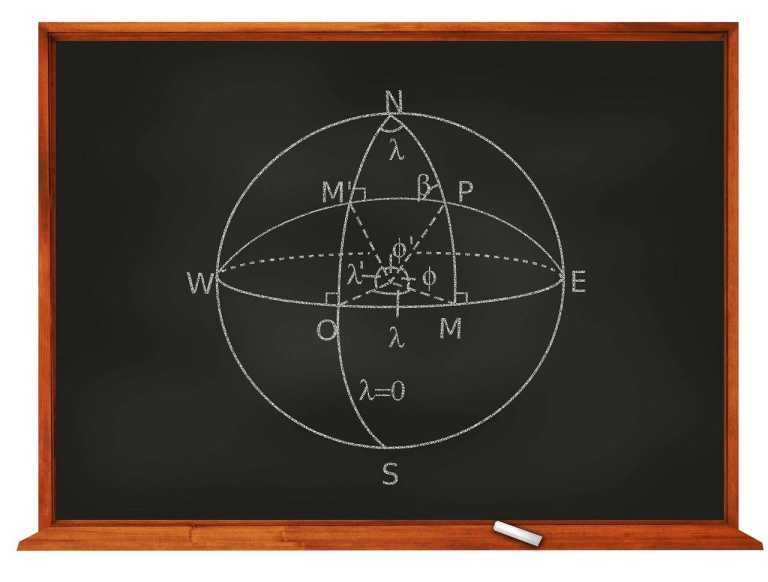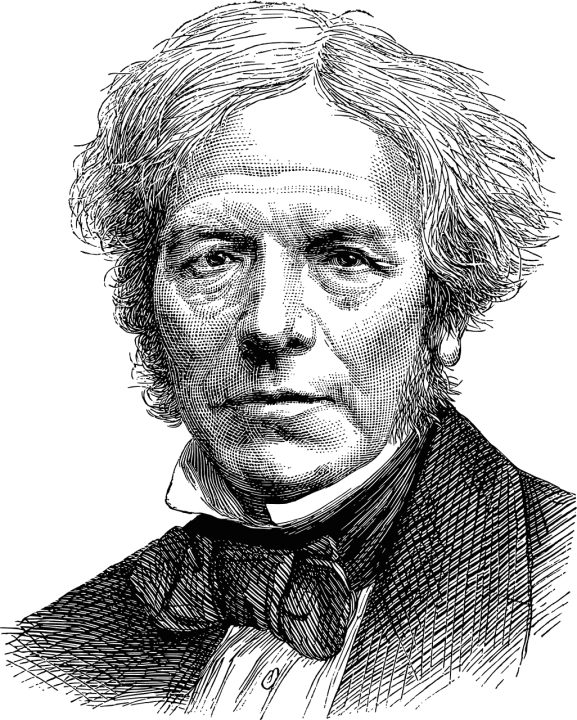Introduction:
The fundamental concepts of computer science, specifically data structures and algorithms, provide the basis for efficient software development. They offer a systematic approach to data organization, manipulation, and storage, facilitating effective problem-solving across various industries. Python is a well-liked and flexible programming language that supports many techniques and has a robust built-in data structure library. We’ll look at some of the most important Python data structures and algorithms in this article.
Data Structures in Python
1. Lists:
One of the most useful and popular data structures in Python is the list. These are ordered collections of items that can hold any data type, including text, integers, and other lists.

2. Tuples:
The similarity between tuples and lists is that once a tuple is created, it can’t change. When portraying fixed sets of data, they are helpful.

3. Sets:
Unsorted groups with distinct components are called sets. They are handy for assignments that call for membership testing or typical values.

4. Dictionaries:
Key-value pair groupings make up dictionaries. They are frequently used for data retrieval and offer quick lookup based on keys.

5. Linked Lists:
A linked list comprises nodes, each with a value and a reference to the node after it. They are especially helpful when putting dynamic data structures into practice.
6. Stacks and Queues:
Stacks follow the Last-In, First-Out (LIFO) principle, while queues follow the First-In, First-Out (FIFO) principle. They are essential for managing data in a structured way.
7. Trees:
Trees are hierarchical data structures composed of nodes. They find applications in various fields, including databases, file systems, and AI.
8. Graphs:
Graphs consist of nodes and edges that connect them. They are fundamental in modeling relationships and networks, such as social networks or road maps.
Algorithms in Python
1. Sorting Algorithms:
Data is arranged in a specific order via sorting algorithms. Typical sorting formulas consist of the following:
- Bubble Sort
- Selection Sort
- Insertion Sort
- Merge Sort
- Quick Sort
2. Searching Algorithms:
Algorithms for searching find particular data inside a collection. Typical search algorithms consist of:
- Linear Search
- Binary Search
- Hashing Algorithms
3. Recursion:
Recursion is a problem-solving strategy in which a function calls itself. Algorithms for dynamic programming and tree traversal tasks make extensive use of it.
4. Modular Programming:
By dividing a problem into smaller, more manageable subproblems, dynamic programming is an effective problem-solving method. It is applied to optimization issues like the knapsack issue.
5. Graph Algorithms:
Graph algorithms handle graph-related operations such as traversing, shortest path searching, and cycle detection. Among the notable algorithms are:
- Breadth-First Search (BFS)
- Depth-First Search (DFS)
- Dijkstra’s Algorithm
- Bellman-Ford Algorithm
Conclusion:
Python is a great option for many applications because of its large support for algorithms and comprehensive collection of data structures. Writing scalable and efficient code requires an understanding of these ideas and the ability to determine which data structure or method to employ at what time. With the information in this article, you will be more capable of taking on challenging issues and creating reliable Python software solutions. To become an expert programmer, keep learning, using, and refining these ideas.

